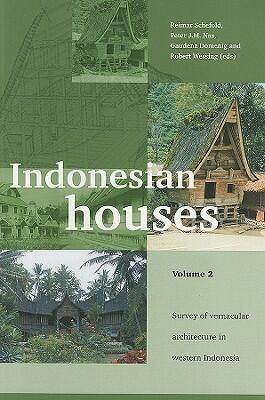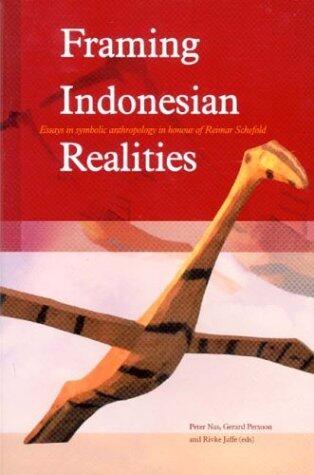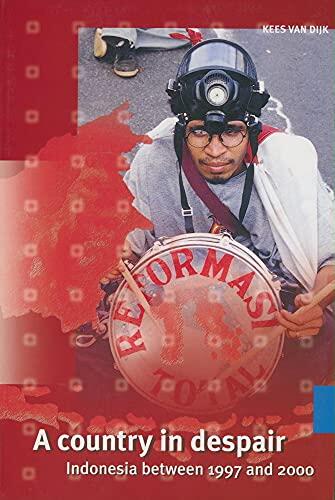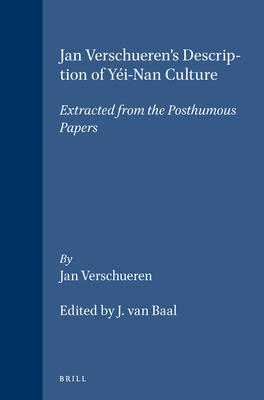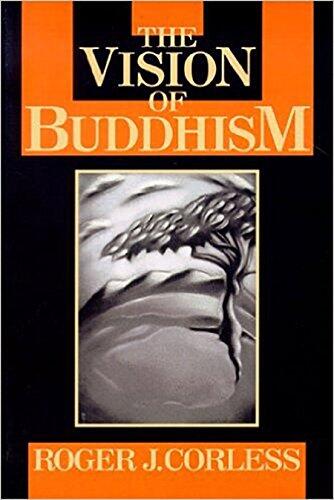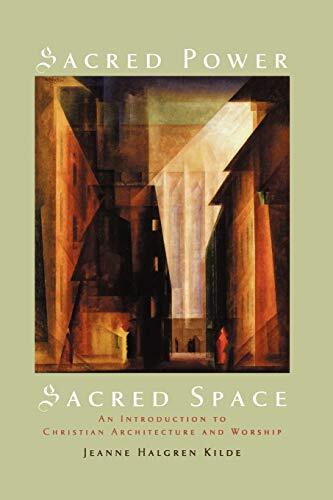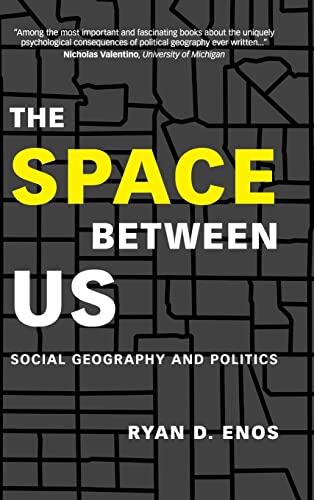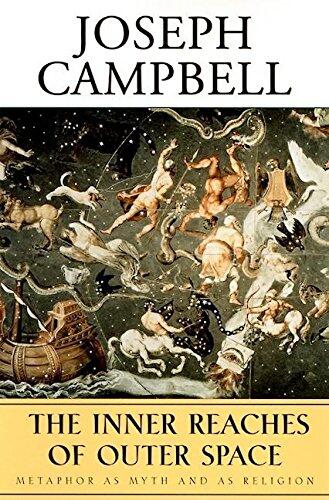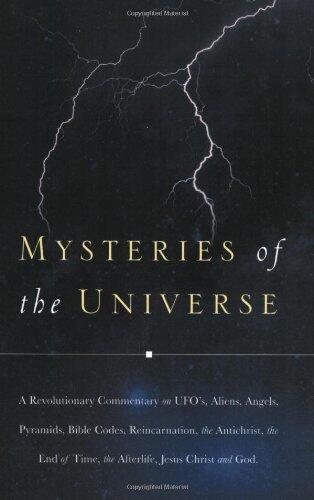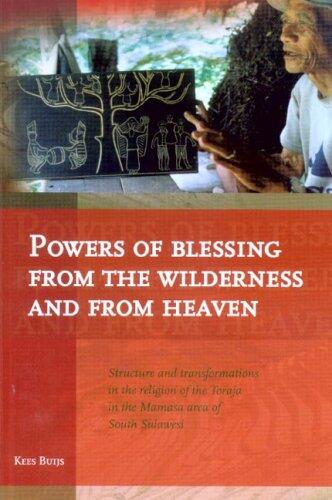
Powers of Blessing from the Wilderness and from Heaven: Structure and Transformations in the Religion of the Toraja in the Mamasa Area of South ... Het Koninklijk Instituut Voor Taal-, Land
von
C W Buijs
Noch keine Bewertungen
Format
Taschenbuch
Seiten
272
Sprache
Englisch
Veröffentlicht
Jan 1, 2006
Verlag
Brill
Ausgabe
Illustrated
ISBN-10
9067182702
ISBN-13
9789067182706
Beschreibung
In exploring the intricate beliefs of the Toraja people from the Mamasa region, this work delves into the profound relationship between religion and cultural expression. The author meticulously examines the structural elements of Toraja spirituality, offering insights into how cosmology shapes their religious practices and community life. By weaving together traditional narratives and contemporary realities, the narrative captures the essence of Toraja identity within a changing landscape.
Through a combination of theoretical analysis and ethnographic observation, the book invites readers to consider the multifaceted nature of belief systems. It highlights the vital role of both the wilderness and the heavens in shaping the Toraja’s worldview. The connection to nature is portrayed not merely as a backdrop but as a dynamic component of their spiritual framework.
As the study unfolds, it reflects on the transformations in religious practices over time, shedding light on how the Toraja have navigated modern influences while maintaining their cultural heritage. This examination illustrates the resilience of their faith, rooted deeply in ancestral traditions while adapting to contemporary challenges.
Ultimately, the narrative is a testament to the rich tapestry of Toraja religion, emphasizing how their beliefs continue to inspire and guide them amidst the complexities of the modern world. Through vivid descriptions and thoughtful analysis, the work stands as an important contribution to the understanding of religious identity in the context of cultural change.
Through a combination of theoretical analysis and ethnographic observation, the book invites readers to consider the multifaceted nature of belief systems. It highlights the vital role of both the wilderness and the heavens in shaping the Toraja’s worldview. The connection to nature is portrayed not merely as a backdrop but as a dynamic component of their spiritual framework.
As the study unfolds, it reflects on the transformations in religious practices over time, shedding light on how the Toraja have navigated modern influences while maintaining their cultural heritage. This examination illustrates the resilience of their faith, rooted deeply in ancestral traditions while adapting to contemporary challenges.
Ultimately, the narrative is a testament to the rich tapestry of Toraja religion, emphasizing how their beliefs continue to inspire and guide them amidst the complexities of the modern world. Through vivid descriptions and thoughtful analysis, the work stands as an important contribution to the understanding of religious identity in the context of cultural change.
Rezensionen
Noch keine Rezensionen
Sei der Erste, der dieses Buch rezensiert und deine Gedanken teilt
Erste Rezension hinzufügenLesetagebuch
Keine Lesetagebücher gefunden
Beginne deinen Lese-Fortschritt zu verfolgen, um Log-Einträge hier zu sehen
Füge dein erstes Lesetagebuch hinzuNotizen
Transaktionsprotokoll
Keine Transaktionsprotokolle gefunden
Beginne, deine Buchtransaktionen zu verfolgen, um Log-Einträge hier zu sehen
Fügen Sie Ihr erstes Transaktionsprotokoll hinzu
